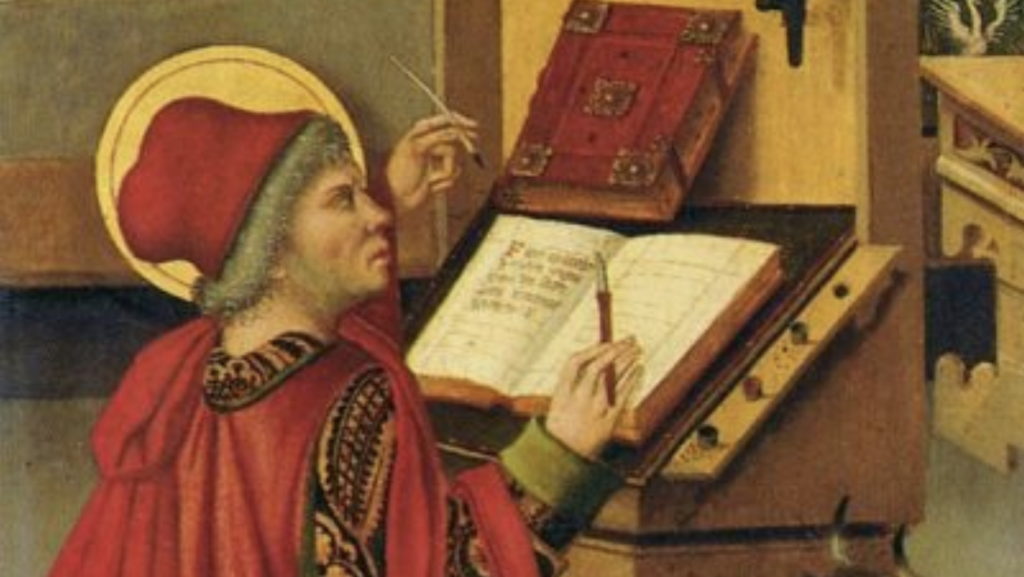St. Luke is one of the four Gospel writers, and his account of Jesus’s life is the most extensive. He also detailed the earliest history of the Church in the New Testament. He is considered the founder of Christian iconography, and was known to be the physician and companion of St. Paul.
Luke came from Antioch, a part of what is now Turkey. His homeland became an important center of early Christianity, having already been known for arts and sciences. It is not known whether Luke was originally a Jew or a pagan, although it is suggested that he was a gentile before his conversion. Luke was educated as a physician, and one of the top historians of his time.
After Paul converted to Christianity and began to follow Jesus, Luke accompanied him as a physician and biographer. It is thought that Luke wrote the Acts of the Apostles, which details many of their journeys.
After Paul was killed as a martyr in 67, Luke is believed to have gone to the Mediterranean to preach the Gospel, and may have died there as a martyr himself.
The writings of Luke are the first to incorporate the personal testimony of Mary, and to outline her role as Christ’s mother and the Blessed Virgin. He is credited with several paintings of Mary, including the “Salvation of the Roman People,” which is still in the Basilica of St. Mary Major today.
St. Luke is the patron saint of artists, bachelors, doctors, and surgeons.

